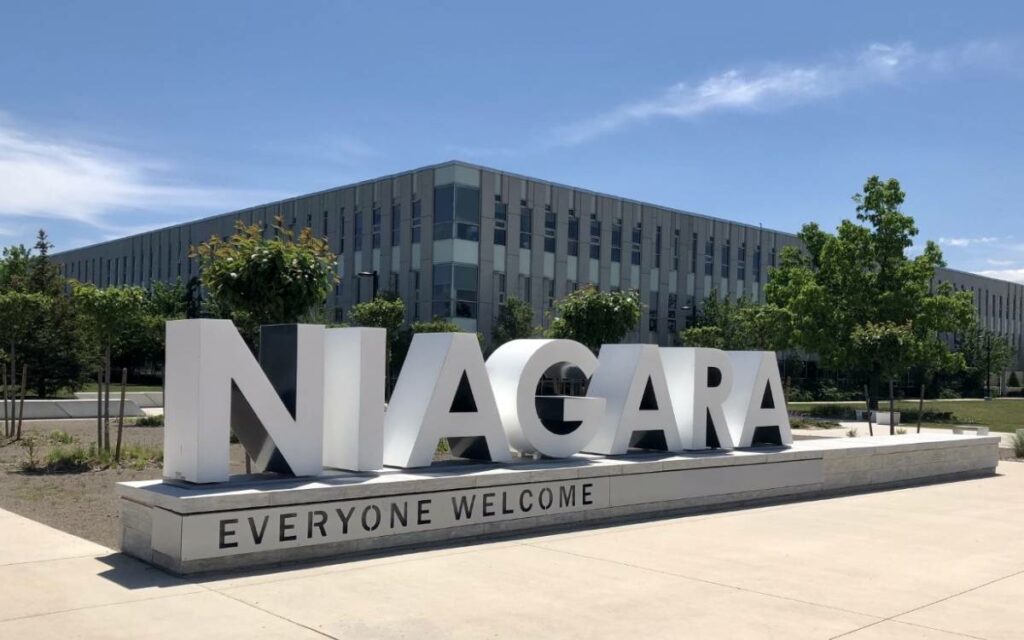
Niagara Region Headquarters, Thorold, ON. Photo credit: The Niagara Independent/Nicholas Tibollo
In the past year, the agenda package for regular Niagara Regional Council meetings have contained, on average, 950 pages of content. And that’s just for regular council meetings. Factor in special council sessions, committee material, and other council correspondence, and Niagara’s upper-tier elected officials are having to absorb well over 1,000 pages of complex, technical information per month.
“I don’t expect any councillor can digest all 950 pages of material,” said long-time regional councillor Bruce Timms in an email exchange with the Niagara Independent.
Timms, who served from 1991 to 2018, has for years pushed to make regional and city councillors ‘double direct’ and full-time to better deal with the heavy workload.
“[Double direct councillors] can devote full time to the job of representing the public at city council and regional council, with full understanding of the issues at both levels and the overlapping issues,” said Timms. “They also get the benefit of sitting with city councillors from other cities in the region on a regular basis, sharing issues and concerns.”
Aside from Chair Jim Bradley, all members of Regional Council serve on a part-time basis. Many, if not most, maintain full-time employment in and outside of public service, whether as business owners, lawyers, real estate agents, or mayors of their respective communities. Many, if not most, also sit on a number of boards, commissions, and the like.
April Jeffs, who served as mayor and regional councillor from 2010 to 2018, effectively functioned as a double direct councillor during her eight years in office. While Jeffs acknowledged the overlap was helpful, she also lamented the occasional excess of information.
“Although many of the agencies, boards and commissions overlap in certain areas, it’s impossible to be all-knowing,” said Jeffs.
“Having served as both a mayor and regional councillor for eight years, I do believe that elected officials can be overburdened with reports from time to time — especially those who serve on various other committees and boards outside of their municipal and regional seats.”
Albert Witteveen, current West Lincoln regional councillor, agreed with the two former councillors regarding the sheer density of material, but concluded that it’s simply something that comes with the job.
“There is a lot of content to go through at council meetings [to] make well informed decisions, but that’s what the job requires when you’re elected,” said Witteveen.
“This is a job of serving the people, so this is what I strive to do to the best of my abilities.”
Echoing his colleague from West Lincoln, Niagara Falls regional councillor Bob Gale said that, despite the amount of material, he always strives to be as prepared as possible.
“Public service is an important responsibility, and I would expect everyone, regardless of their external existing, or new, responsibilities, who took the oath to ensure that they are doing their due diligence to review materials,” said Gale.
Councillors have only a matter of days to read some 1,000 pages of content, contemplate the material’s significance and meaning, conduct supplementary research, and seek feedback from constituents.
Regional staff only post the agenda about a week or so before a council meeting is scheduled to take place. What’s more, staff members continue to tinker with the material and make amendments up to the last minute.
So, while meetings are held every four weeks, regional councillors — who are already at the mercy of specific staff recommendations — typically have less than a week (sometimes mere days or hours, for amended items) to prepare.




















